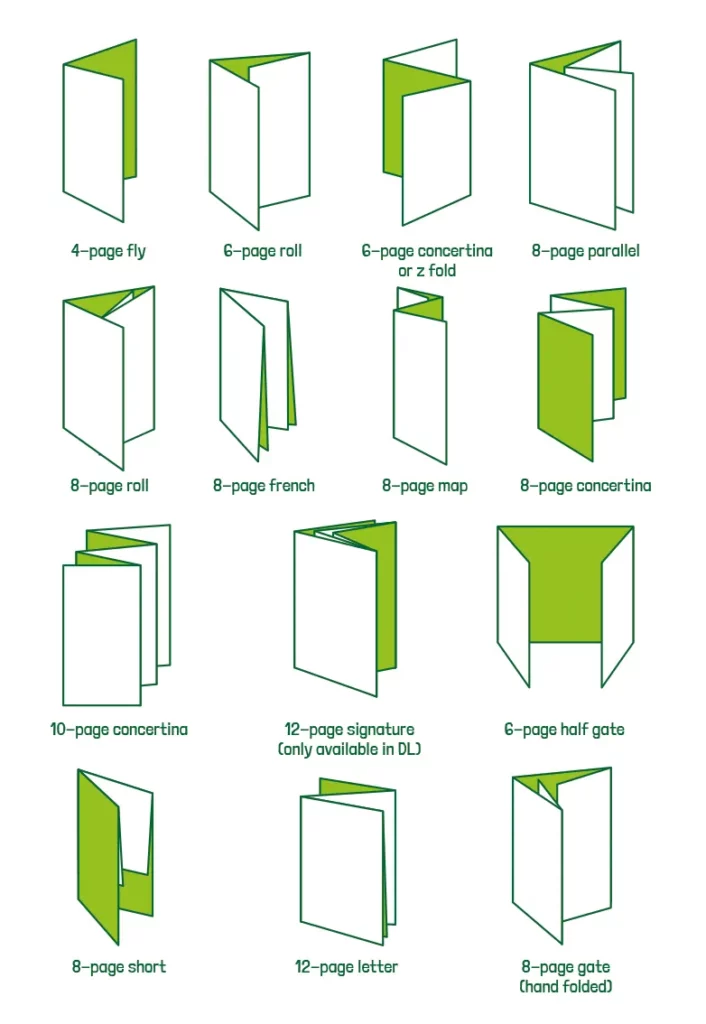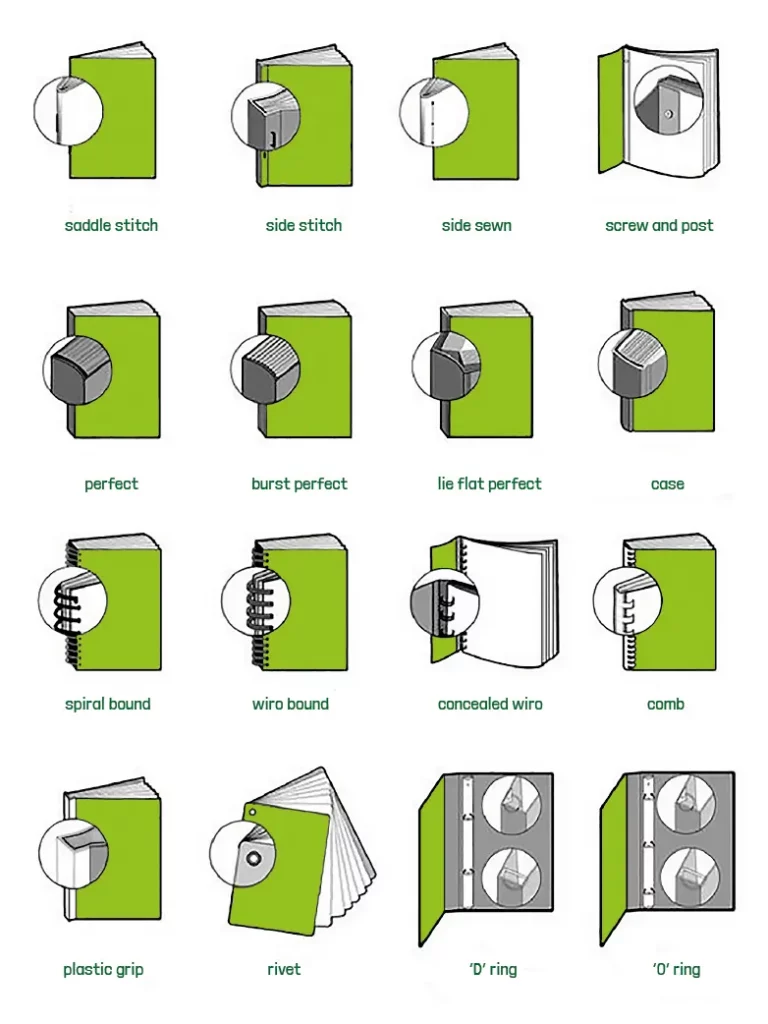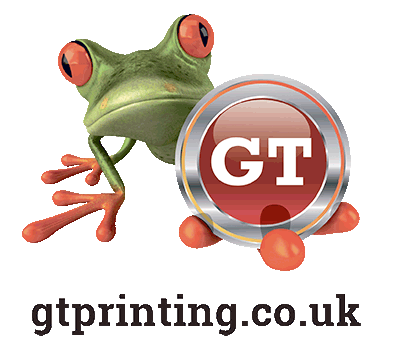STUFF THAT NEEDS TO NAH
(Information you will find useful for planning your next job)
USEFUL STUFF T’ KNOW
DESIGN AND PRINT
We offer a bespoke design and artwork service for all our customers, we can design you a business card through to a full corporate id. If you need a brochure or producing or an item of packaging, we have the ability and creative skills to create something really special for you.
Our design team are in house so we can keep our prices very competitive, our standards high and our turnaround fast, and we can hit those tight deadlines with accurate print ready artwork.
We also produce large format work such as signage, posters, point of sale and exhibition work, so just ask and we can make it so.
FINISHING
Not only will we print it, we’ll die cut it, glue it, foil it, perf it, number it, string it, rivet it, stitch it, laminate it, emboss it and then hand assemble it, or almost anything else you can think up.
We specialise in the complicated the difficult to achieve and the downright finicky. Try us next time your current printer sucks air through his teeth when you ask him if he can deliver that difficult job by next Wednesday.
DIE CUTTING
Sharp specially shaped blades are used in die cutting. The blade is bent into the desired shape and mounted to a strong backing. The result is known as a die.
The material being cut is placed on a flat surface with a supportive backing, and the die is pressed onto the material to cut it. Depending on what is being made, a single die might cut one piece of material, or it might be designed to slice through multiple layers, generating a stack of blanks.
PERFORATING
Perforations allow a document to be separated into smaller portions of the whole and they allow a document to be folded easily (similar to the function of a score).
In terms of printing specifications, perforations are classified according to bursting strength or tpi, which refers to
“ties per inch” or “teeth per inch.”
Burst Strength is the amount of pressure that is takes to tear something where it’s been perforated.
Tear Strength is the amount of resistance required for you to tear something along the perforation. The tear strength of perforation is categorized as light release, medium release, and stiff release.
We can apply a ‘perf’ to a job wherever it is required, just let us know where you need it, and we’ll do the rest.
FOIL BLOCKING
Foil stamping, typically a commercial print process, is the application of pigment or metallic foil, often gold or silver ,
but can also be various patterns or what is known as pastel foil which is a flat opaque color or white special film-backed material, to paper where a heated die is stamped onto the foil, making it adhere to the surface leaving the design of the die on the paper. Foil stamping can be combined with embossing to create a more striking 3D image.
Foil stamping machines, also known as hot foil stampers or foil blockers, use heat to transfer metallic foil to a solid surface. Examples of items that are foil stamped include pencils, napkins, matchbooks, photographs and books. The foil stamp is a permanent process. These machines are popular with wedding businesses, photography studios and other businesses that need to brand or mark products.
On the right job, foil blocking can make the difference between a good job and a fantastic job, chat to us and we will advise on cost and the suitability of foil blocking on your next job.
LAMINATING
Matt or gloss, silk or soft touch, a layer of plastic applied to one or both sides of a printed sheet. Laminates Enhance the look and feel of print and protects the surface so are ideal for covers, menus and business cards.
The standard film thickness is 12 micron. Film can be laminated over apertures and a window lamination created.
Matt finishes are also particularly suited to surfaces which need to be easily read such as wall maps. Care should be taken with matt finishes as they may show scuffs.
SPOT UV
Ultra Violet (UV) Varnishing is a process for achieving a coating on your printed material. Requiring the use of special Ultraviolet drying machinery, a UV coating is like a deluxe version of the non-UV varnishes, with the varnish appearing noticeably richer and more luxurious.
A UV varnish can be applied as either an all-over coating, or as a spot varnish.
For maximum effect a spot UV varnish can be applied on top of a matt laminate.
FOLDING
The way you fold a piece of print can make a huge difference to how the finished item looks.
Shown are samples of some popular folds, there are many more and you can always make up your own as well.
Folds are automatically done by machine, but sometimes a job may need to be folded by hand if it’s too complicated for a machine to handle.

STITCHING
Stitching is simply the method of holding the pages together.
Perfect Bound: Text block glued into wrap around cover; paperback book style.
Case Bound: Quite simply what you’d think of as “hard backed” as in a hard backed book.
Saddle stitched: Standard brochure/newsletter format; simply folded in half with 2
centre staples. Remember, page count must be divisible by 4.
Wire bound: Holes punched down the side with the pages retained via a coloured wire.
Half-Canadian Wire Bound: Enabling you to create a printed spine, the wire is partially hidden by the cover. The wire is
exposed through the rear cover only, leaving the front cover clear to display the printed image.
Full-Canadian Wire Bound: The wire is fully concealed by using a 6pp or 8pp cover. The cover leaf is folded back on itself
to be bound into the*

STRINGING
GT Printing not only designs and prints swing tags and sales tickets, but we string them as well. With our in-house die
cutting, swing tags can be produced to almost any size or shape.
Tags & booklets can be printed in-house and supplied simply with a punched hole, strung, eyeletted or eyeletted and
strung.A vast range of coloured string or elastic is available to suit your requirements, along with strong cords for
industrial use.
Stringing adds another dimension to our facilities which allowsus to supply a print job from start to finish.
EMBOSSING
Embossing is typically accomplished by applying heat and pressure with male and female dies, usually made of copper or brass, that fit together and squeeze the fibers of the substrate. The combination of pressure and heat raises the
level of the image higher than the substrate, while “ironing” it to make it smooth. In printing this is accomplished on a letterpress. The most common machines are the Kluge Letterpress and the Heidelberg Letterpress.
Most types of paper can be embossed, and size is not normally a consideration. Embossing without ink, so that the image is raised but not colored, is called “blind embossing.” Embossing used in conjunction with ink, so that the raised area is colored, is called “color register embossing.”
Embossing used in conjunction with foil stamping is called “combination stamping” or “combo stamping.” Embossing involves a separate stage in the production process, after any varnishing and laminating. It requires a separate press run, and is priced accordingly. In addition to being used as a design element, embossing can be used to improve the performance of paper products like napkins, diapers, and tissue paper.
